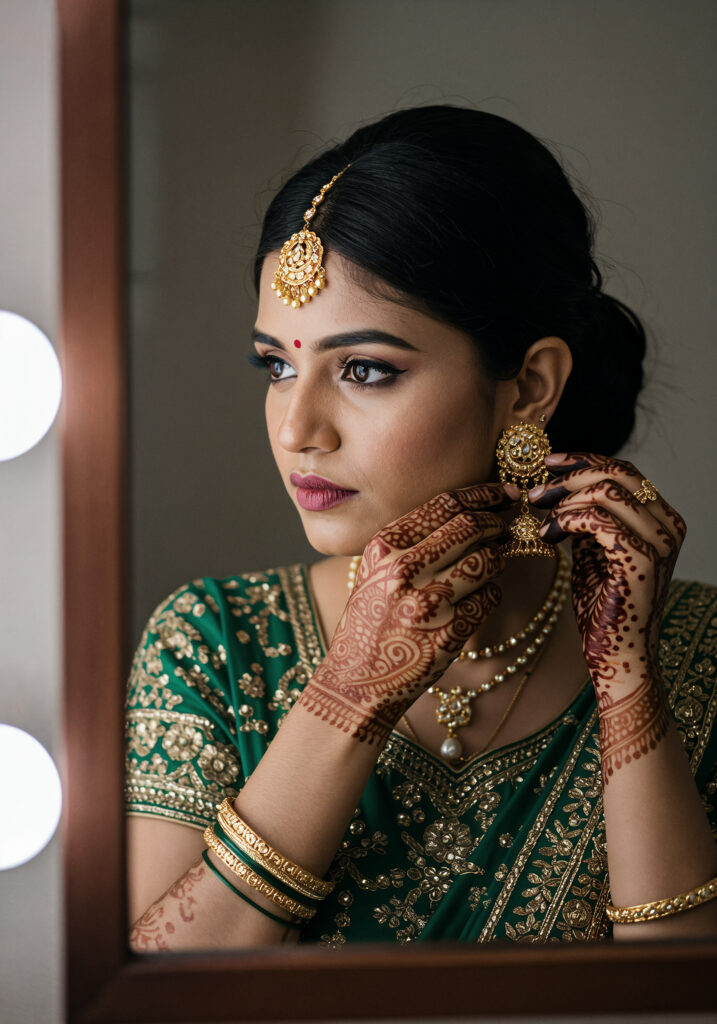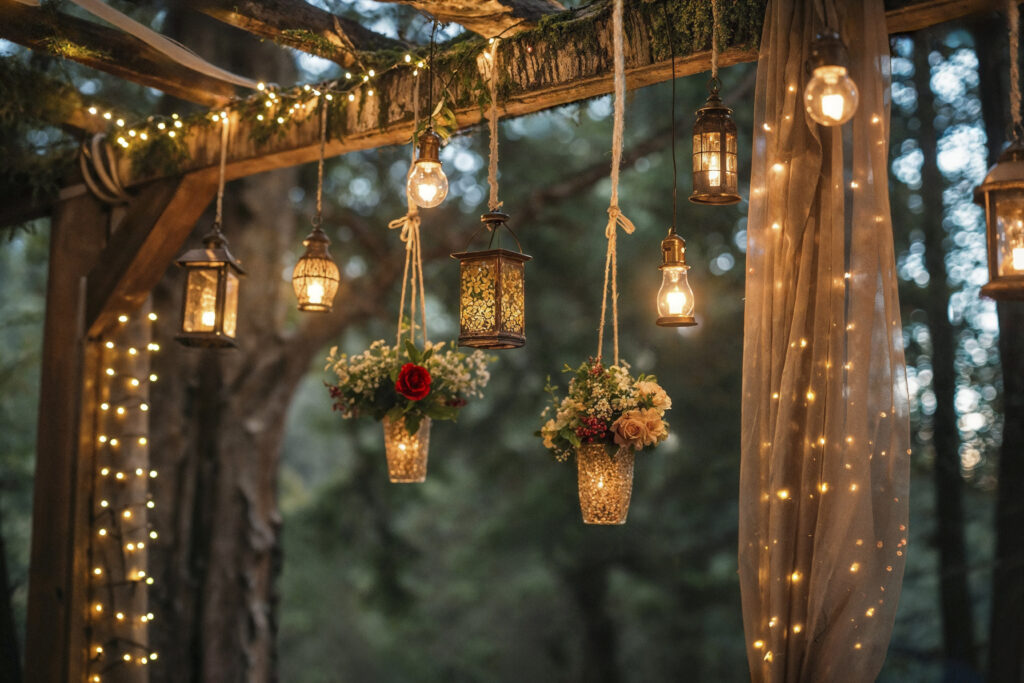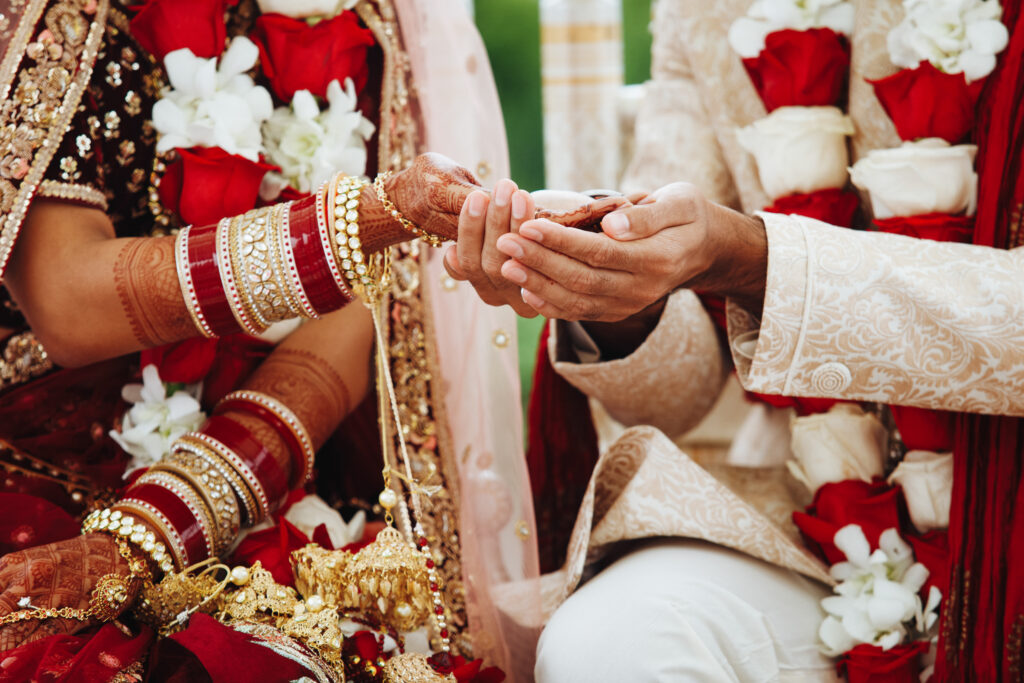The Indian wedding season of 2025 is shaping up as a spectacular economic phenomenon. According to a recent study by the Confederation of All India Traders (CAIT), approximately 46 lakh weddings are expected to take place between 1 November and 14 December 2025, generating a staggering Rs. 6.5 lakh crore in business across goods and services, shaping up the Indian Wedding Economy, the booster of domestic consumption. (Source: Angel One)
For businesses, policy-makers and industry watchers, this surge offers profound insights: weddings in India are not just social rituals, they are full-fledged economic engines. In this blog, we explore how this market expands across sectors, why now, how it ties into past trends and what this means for 2025–26.
The Scale of the Wedding Economy in 2025–26
Let’s begin the discussion with some numbers and facts.
- Number of weddings estimated: 46 lakh over 45 days
- Total projected business: Rs. 6.5 lakh crore from wedding-related spending
- Around 48 lakh weddings yielded about Rs. 5.90 lakh crore business in 2024
- Delhi NCR alone may account for around 4.8 lakh weddings and business of around 1.8 lakh crore.
These numbers and facts point to two things:
- Weddings continue to be a major driver of consumption in India
- Even if the number of weddings has not grown dramatically, the value per wedding is increasing, whether through higher services, bigger guest lists, premium experiences or rising costs (inflation, gold prices etc).
Source: Firstpost
What are the Factors Contributing to India’s Rising Wedding Economy?
Rising Incomes and Changing Aspirations
With growing disposable income, urban and semi-urban families are increasingly spending on weddings. There’s also a cultural shift where weddings are experiences, not just rituals. Services such as destination weddings, themed décor, and multiple functions are more common than before.
India’s per capita income has reached 1.72 lakh per year in 2023-24. Lower taxes announced in September 2025 have further improved disposable income.
Inflation & Cost Increases
Precious metal prices (especially gold and jewellery) have risen, which increases the spend even if “everything else” stays constant. The CAIT report mentions that while the number of weddings may be slightly below the previous year, the overall value is higher.
“Vocal for Local” and Domestic Sourcing
The study notes that over 70% of wedding-related purchases are now sourced from Indian-made goods (apparel, jewellery, décor, etc). This not only boosts domestic manufacturing and MSMEs, but also means more spending stays within the Indian domestic economy.

Timing and Festive-season Coupling
The wedding season spans the months following major festivals, such as Diwali, when consumer sentiment is already high. The boost in spending from festivals filters into weddings as families capitalise on auspicious dates and good economic mood.
For instance, According to Economic Times, strong GST collections and higher UPI volumes in October are evidence of improved consumption ahead of the wedding season.
Employment and Services Ecosystem
The Indian wedding economy supports diverse industries including catering, event management, décor, logistics, photography, hospitality, transport, textiles, jewellery, floral supply, even bridal makeup and travel. The CAIT report projects over 1 crore temporary jobs may be created in this period.
Industry-wise Impact of the Wedding Season of India 2025-26
Let’s break down how specific industries and sectors benefit from this Indian wedding economy trends.

Jewellery & Precious Metals
This is perhaps the most traditional and visible segment. According to the CAIT data and YoY comparisons jewellery contributes around 15% of the wedding-season business.
Reasons:
- Gold and diamond purchases often form major parts of wedding budgets (gifts, adornments, investment).
- Rising gold prices inflate the value of this segment, even if volumes remain the same, value goes up.
- Bridal jewellery trends including bespoke designs, matching sets, fusion styles; also bigger piece counts for guests etc.
- Domestic manufacturing is benefiting due to the “local” sourcing push.
India is among the largest markets in the world for wedding and fashion jewellery. As of September 2025, there are more than 2,700 fashion accessories startups and over 15 funded jewellery startups in India.
Established companies in the wedding jewellery segment are Tanishq, Malabar Gold & Diamonds, Kalyan Jewellers, CaratLane, Senco Gold & Co. and more. On an average 68 new companies are being launched in the fashion accessories segment annually over the last decade. (Source: Tracxn)

Apparel, Textiles, Sarees & Ethnic Wear
Apparel and sarees contribute about 10% of the business in the wedding season, per the CAIT study.
Key Points Boosting Indian Wedding Economy
- Bride and groom ensembles including designer wear, multiple changes, plus accessories.
- Guest outfits, given large guest lists and multi-day functions, families also spend on wardrobe for guests or host families.
- Destination weddings and themed weddings ($16.25 billion in 2024 with a projection to reach $55.39 billion by 2033) drive higher spend on décor-complementing attire, prosumer photography outfits etc.
- Textile manufacturing (silk, zari work, pure fabrics) gets a boost; regional crafts find new orders.
Catering and Hospitality
Catering and hospitality forms around 10% of the Indian wedding economy with lakhs of temporary and seasonal jobs.
Impact on Business and Jobs
- With 46 lakh weddings and often hundreds of guests per event, the volume is enormous.
- Multi-day weddings, destination weddings, luxury venues drive higher costs.
- Hospitality (hotels, resorts) sees higher occupancy; food & beverage spend goes up.
- Local vendors (sweets, confectionery, food stalls (Paan and Golgappe), regional cuisine, and more) benefit.
Event Management, Décor, Lighting, Music, Travel & Venue
There are over 16,000 wedding planners in India as of May 2025. These companies collectively represent a large and growing segment that runs the wedding economy.
Highlights
- Décor themes, lighting rigs, floral arrangements, customised setups, experiential features (photobooths, drones) are on the rise.
- Travel & stay for destination weddings or guest accommodation (especially weddings drawing people from multiple cities).
- Venues including resorts, heritage properties, luxury hotels are booking up for wedding weeks; premium dates cost extra.
- Music or band or DJ services, guest entertainment, pre-wedding shoots, post-wedding brunches add layers of service-spend.
- Logistics & ancillary services including transport, lighting rigs, sound systems, staffing for multiple days.

Regional Manufacturing and MSME Boost
The Indian wedding economy includes domestic wedding-related purchases, boosting regional manufacturing.
- Textile units, handloom clusters, local jewellery houses, decor manufacturing, gift-ware, packaging.
- These MSME units often supply rural/semi-urban India, expanding their business because wedding budgets are expanding beyond metros.
- The job creation is considerable. Thousands of part-time or temporary workers (for décor, catering, logistics) get employed for the season.
Financial Sector: Credit and Retail
While not strictly “wedding industry”, the ripple effect touches retail and financial services:
- Purchase of consumer durables, home-furnishings, furniture for new couples or host families sees a bump.
- Retailers of garments, jewellery, furnishing report uptick in bookings.
- Credit lines, EMI offers, sales financing for higher-cost weddings.
- CAIT estimate suggests about Rs. 75,000 crore could accrue in government tax revenue from this wedding boom.

Conclusion
The 2025–26 Indian wedding season is much more than festive joy and family gatherings, it’s a powerhouse economic driver spanning jewellery, apparel, hospitality, services, manufacturing and regional livelihoods.
With roughly 46 lakh weddings expected to generate nearly Rs. 6.5 lakh crore in business, the scale is immense. This signifies that weddings remain one of the most resilient pillars of Indian consumption, even as other segments fluctuate.
For businesses operating in textiles, jewellery, event services, hospitality, software for wedding planners and SME vendors, this is a moment to capitalise. For policy-makers, the social and economic ripple effects on jobs, regional growth, and domestic manufacturing are significant.
Yet, the true test will be sustaining this momentum: supply-chain readiness, labour support, innovation in services and balancing cost with experience will differentiate winners. As the country celebrates love and union, it’s also celebrating growth, aspiration and enterprise.
Frequently Asked Questions
Why are wedding numbers slightly lower (46 lakh) in 2025 compared to 2024 (48 lakh), but the total business value is higher?
Because the average cost per wedding has increased. Higher spending on services, guest experiences, imported or luxury items, higher gold prices and inflation have pushed average expenditure up, so even with a slightly lower number of ceremonies, the value increases.
Which sectors benefit most from the wedding economy?
Jewellery (around 15% of spend), apparel & ethnic wear (approx. 10%), catering (around 10%), plus décor/lighting/music/travel/venue (each contributing smaller individual shares but collectively large) according to CAIT breakdown.
Are these weddings happening only in big cities or across smaller towns too?
The study covers 75 cities but indicates that semi-urban and non-metro markets are seeing growing demand; regional states (Rajasthan, Gujarat, Uttar Pradesh, Punjab, southern states) are all contributing to the boom.
How does this wedding boom affect employment and regional economies?
CAIT projects over 1 crore temporary/part-time jobs arising from the wedding ecosystem (catering, décor, logistics, transport, hospitality). Also, regional manufacturing and artisans benefit from local sourcing of décor, apparel and jewellery.
What should businesses in related industries focus on to benefit from the 2025–26 wedding season?
Key focus areas including scaling operations ahead of the season, innovating in experience/technology (e-invites, live-streaming, photobooths), emphasising local/Indian-made goods (which are in demand), managing supply-chain logistics (decor, venues, catering) and targeting services for destination or premium weddings. Firms that position themselves early will capture greater share of this massive market.
